In Silico Nutrient Transport and Metabolic Modelling
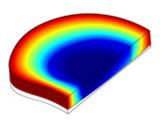
In silico models can be used to predict the local nutrient microenvironment in tissues. We can use this information to predict regeneration outcomes in patients receiving cell based therapies.
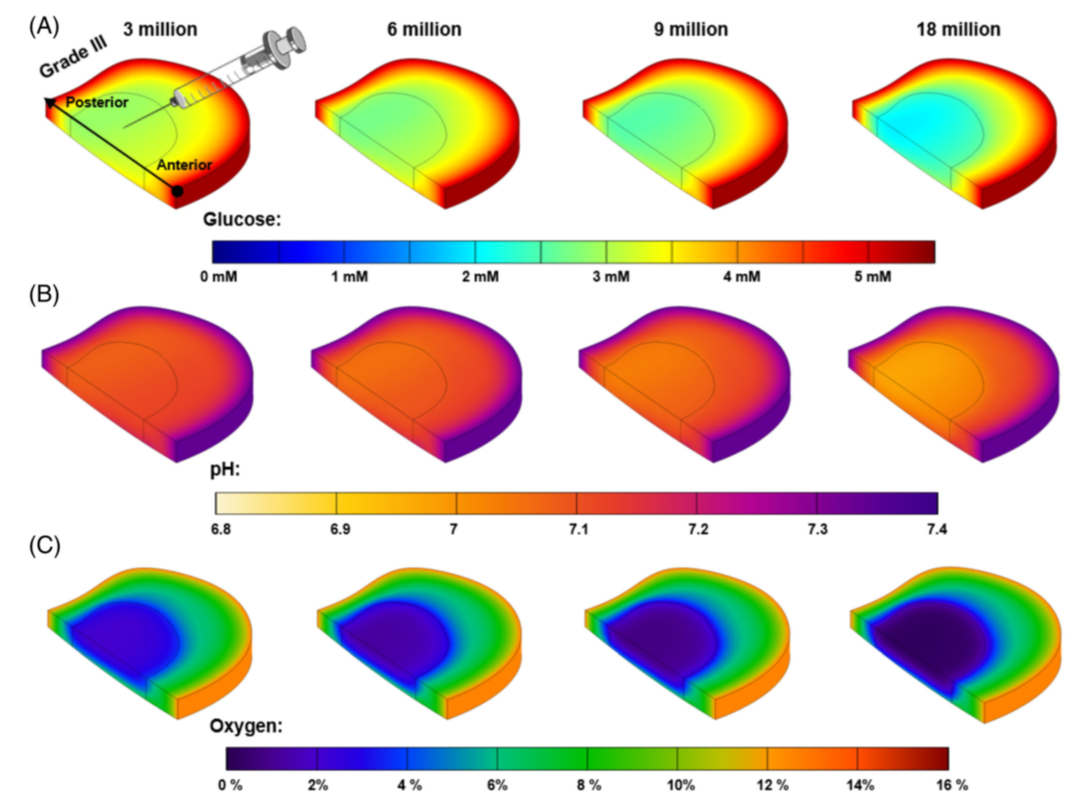
Figure: Predicted glucose (A), pH (B), and oxygen (C) contour plots for a calcified Grade III disc injected with 3, 6, 9, or 18 million discogenic cells. McDonnell E.E. and Buckley C.T. Consolidating and re-evaluating the human disc nutrient microenvironment. JOR Spine, 5(1):e1192, 2022
In silico models can also be used to predict the local nutrient microenvironment during in vitro culture and ex vivo culture to help design better culturing regimes for tissue engineering applications.
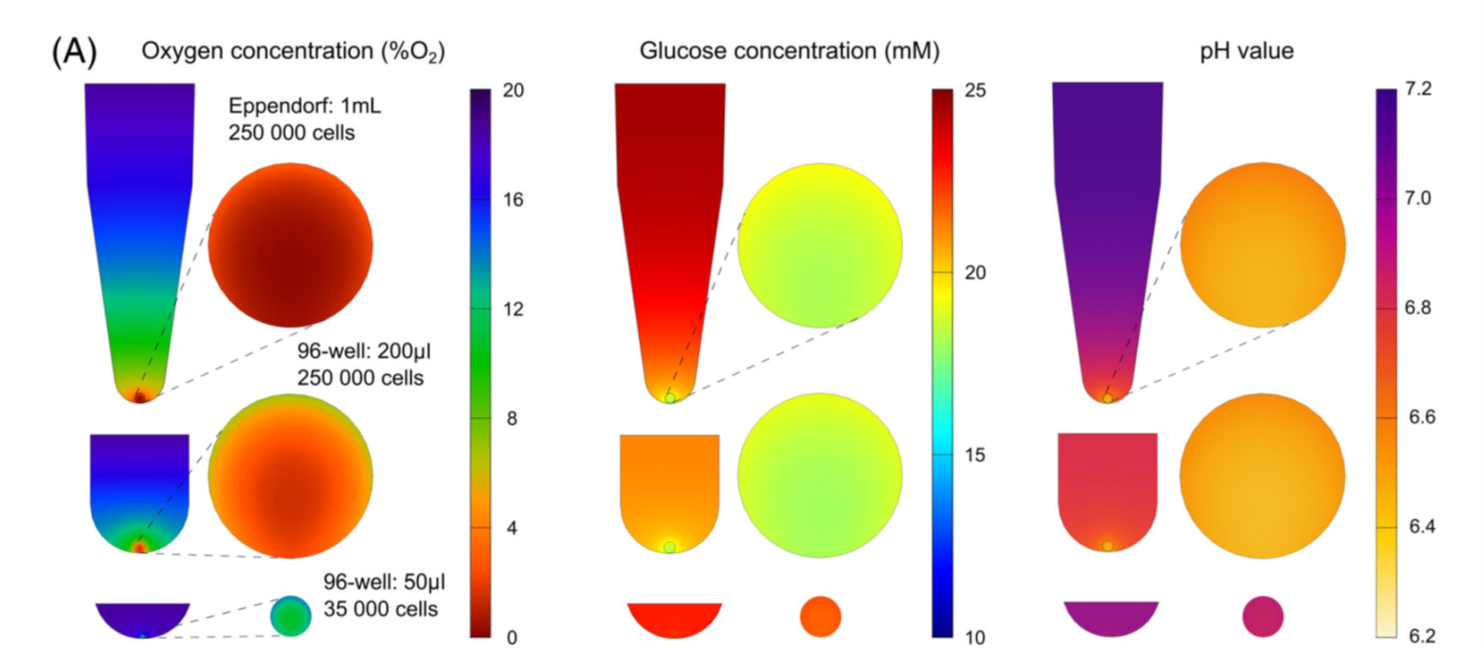
Figure (A) Contour plots of oxygen, glucose and pH gradients through the culture media and cell aggregate of a 250 000-cell pellet in 1 ml (Eppendorf) or 200 μl (96-well) of media and a 35000-cell microtissues in 50 μl (96-well) of media. McDonnell E.E. and Buckley C.T. 2D and 3D in vitro nucleus pulposus cultures - An in-silico analysis of local nutrient microenvironments. JOR Spine (Accepted for Publication)
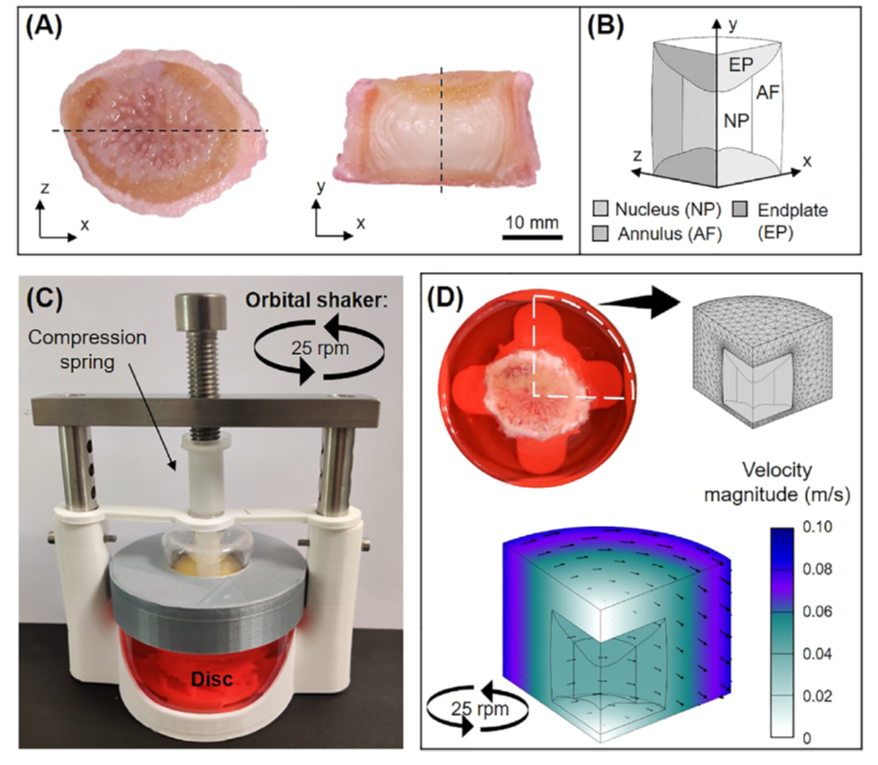
Figure: Custom-made bioreactor containing a screw and a compression spring was developed which applies a physiologically relevant static load of 0.4 MPa to the cultured disc. The bioreactor is placed on an orbital shaker at a speed of 25 rpm. D, The rotational flow in the media domain was modeled to mitigate any oxygen gradient and ensure mixing of glucose/lactate throughout the media McDonnell E.E. and Buckley C.T. Investigating the physiological relevance of ex vivo disc organ culture nutrient microenvironments using in-silico modelling and experimental validation. JOR Spine 4(2):e1141, 2021
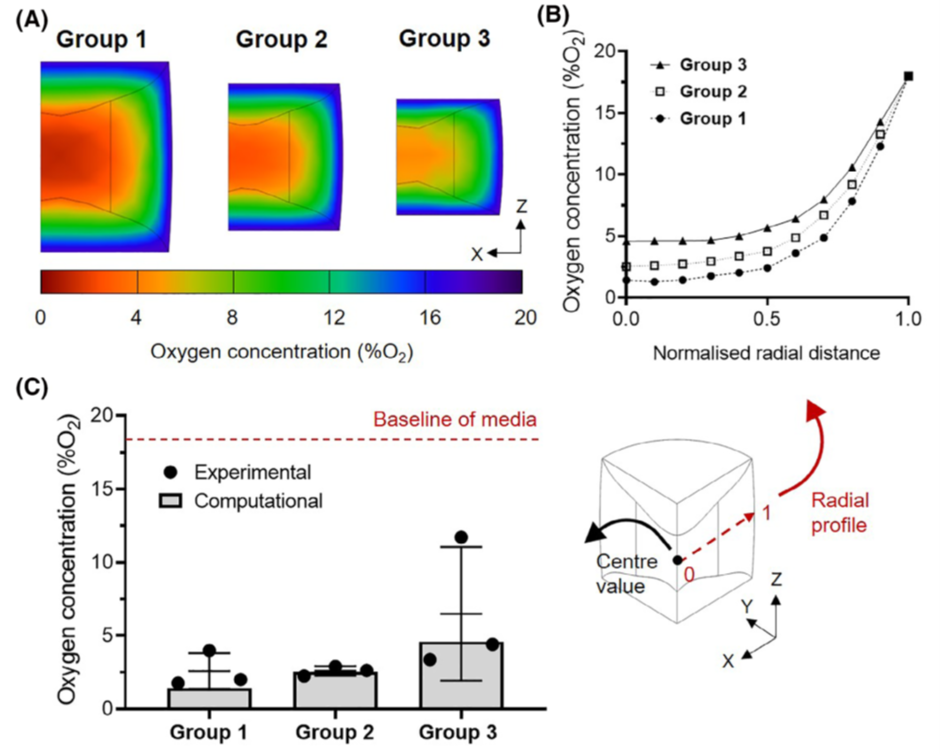
Figure: (A) Oxygen contour plots in the sagittal plane through the disc centre. (B) Radial oxygen profile (C) Comparison of predicted in silico model oxygen concentrations in the disc centre McDonnell E.E. and Buckley C.T. Investigating the physiological relevance of ex vivo disc organ culture nutrient microenvironments using in-silico modelling and experimental validation. JOR Spine 4(2):e1141, 2021


